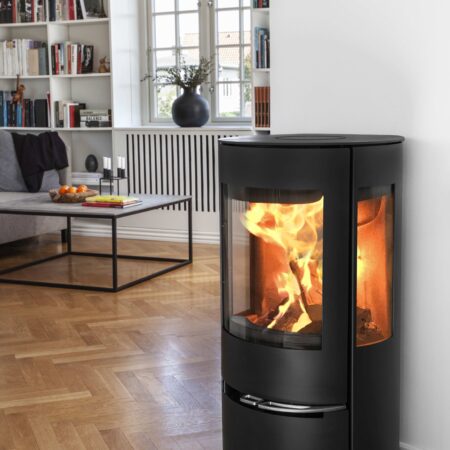Why should I consider CO2 emission in my everyday life?
Carbon dioxide also known as CO2 is a green house gas which comes from the incineration of material that contains carbon like fossil fuels and other organic material. Today, the amount of carbon dioxide in the atmosphere is approximately 33 % higher than it was 200 years ago. This speeds up the climate change process. The more carbon dioxide in the air, the less solar heat will be sent back into space, and the climate on Earth will get warmer. This is the so-called green house effect.
When you use your wood burning stove, carbon dioxide is emitted because of the incineration of organic material – firewood. However, there are ways to fire in an appropriate way to emit as little CO2 as possible. Lighting a fire correctly, correct air supply and the moisture level of the firewood used are important factors in this matter.
New wood burning stoves have been adapted to the newest environmental regulations and take the environment into account. You should look for eco-labels when you buy a new wood burning stove or want to replace the old one.


